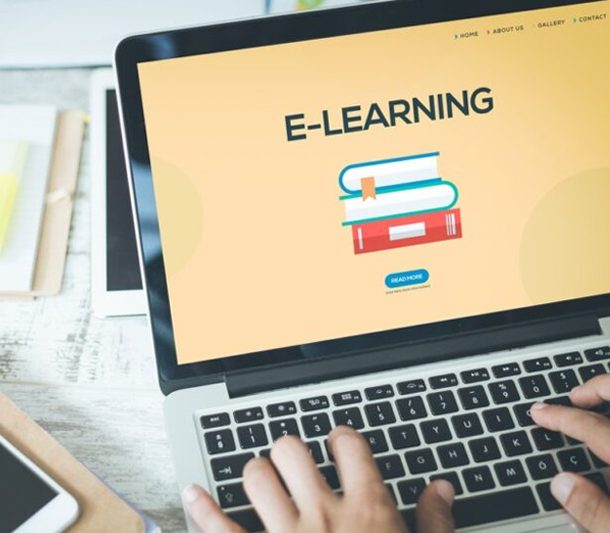
Conventional education system has taken a 180 degree turn. Conventional evaluation and assessment system has undergone a dramatic change. Employee skill development is going through a huge transformation. In all these changes, eLearning has played a huge role.
Both employers and employees have developed an exploratory mindset towards this digital mode of knowledge and skills transfer process. The result – ‘Learning can be fun’.
Learning can be fun and rewarding but it needs time and money. But before they invest in it, everyone wants to know about the learning effectiveness of eLearning programs – “How do we know if an employee is benefitting through your eLearning programs?”
The good news is whether you are using customized or off-the-shelf eLearning modules; most eLearning companies today have upgraded their module design to support metrices that answers your question about the effectiveness of eLearning programs.
These metrices can be broadly divided into two categories
- Business Performance Metrices
Business Performance metrices refers to performance indicators that helps you see the business impact of the various employee skill development programs. How are the programs assigned enabling employees in the overall goal achievement?
- Course Quality Metrices
These are indicators which brings out aspects of learner engagement and learner experience. The outcome of these indicators will help you improve the quality of learning content and the experience for the learner.
In short, the first metric is more business focused while the second metric is more user focused.
However, what do we measure?
Here are 5 key parameters that will come in handy and should help you analyze the learning effectiveness If you are implementing eLearning programs for the first time
- Average Training Time Completion Ratio
This parameter gives you a glimpse of the speed at which learners are attempting and completing the course. This data will also give you an insight about the complexity level of the course and help you draw a co-relation between learner engagement and course duration in your organization.
- Average Number of Attempts
The number of attempts will help reinforce your findings from Average Training Time Completion Ratio. Additionally, it will give you an insight about the average skill level on a particular area for the focus group of a particular eLearning program. If there are gaps, it’s quick and easy to identify them through this parameter. This in turn will help you design a learning plan that supports the skill requirement of your organization.
- Average Knowledge Assessment Score
A good e-learning program isn’t just about attempting and completing, it should also enable you to track the efficiency of the knowledge transfer process and methodology facilitated through the eLearning module.
More importantly, it should help you analyze if the knowledge assessment is actually helping employees in demonstrating the skills learnt. In case you find out the program isn’t aiding learners, it is wise to regroup and think about learning initiatives that could actually expedite the process.
- Aligned Business Goal Achievement / Competency Score
eLearning programs should be aligned to a key skill or behavior that the learner needs to acquire to meet his/her individual or business goal. Without alignment to goal there is no accountability towards learning.
eLearning programs alone may not create a remarkable impact in terms of business performance; however, it should create the sense of urgency among learners knowing that they will be assessed based on their knowledge.
Start by assessing the cost of running an LMS to support your online training program. You can then evaluate the time savings received of doing training online versus in-person training. Map this saved manhour to sales figures, customer experience, customer retention etc.
- Learner drop off analysis
The learner drop-off analysis includes learner drop off rate which is, how many learners on an average are abandoning the course. It can include learner drop off point, which means at what point in the course are they dropping off.
This helps you analyze if there are certain courses where the drop off rate is higher than others, giving us a clue of learner needs and preferences that we need to be mindful of when designing the e-learning programs.
There can be more than one way to evaluate eLearning programs. Knowing what metrices to use for evaluating employee training can get you closer to the business goals you are accountable for.
A lot of these metrices can be prioritized or customized based on learner and business need too.
However, to reach that state you need a starting point and these 5 key metrices could give you a good base to measure learning effectiveness of eLearning programs in your organization.
Author – Sumitra Paul Chatterjee
Associate Director
Contoole – More Power to The Learners
Subscribe To Our Newsletter
Be part of our community and receive updates, best offers and freebies directly in your inbox.
Contoole
With over 15 years of experience and having catered to the learning needs of over 400+; we are committed to giving more Power to the Learners…
© 2022 Contoole.com. All Rights Reserved.

